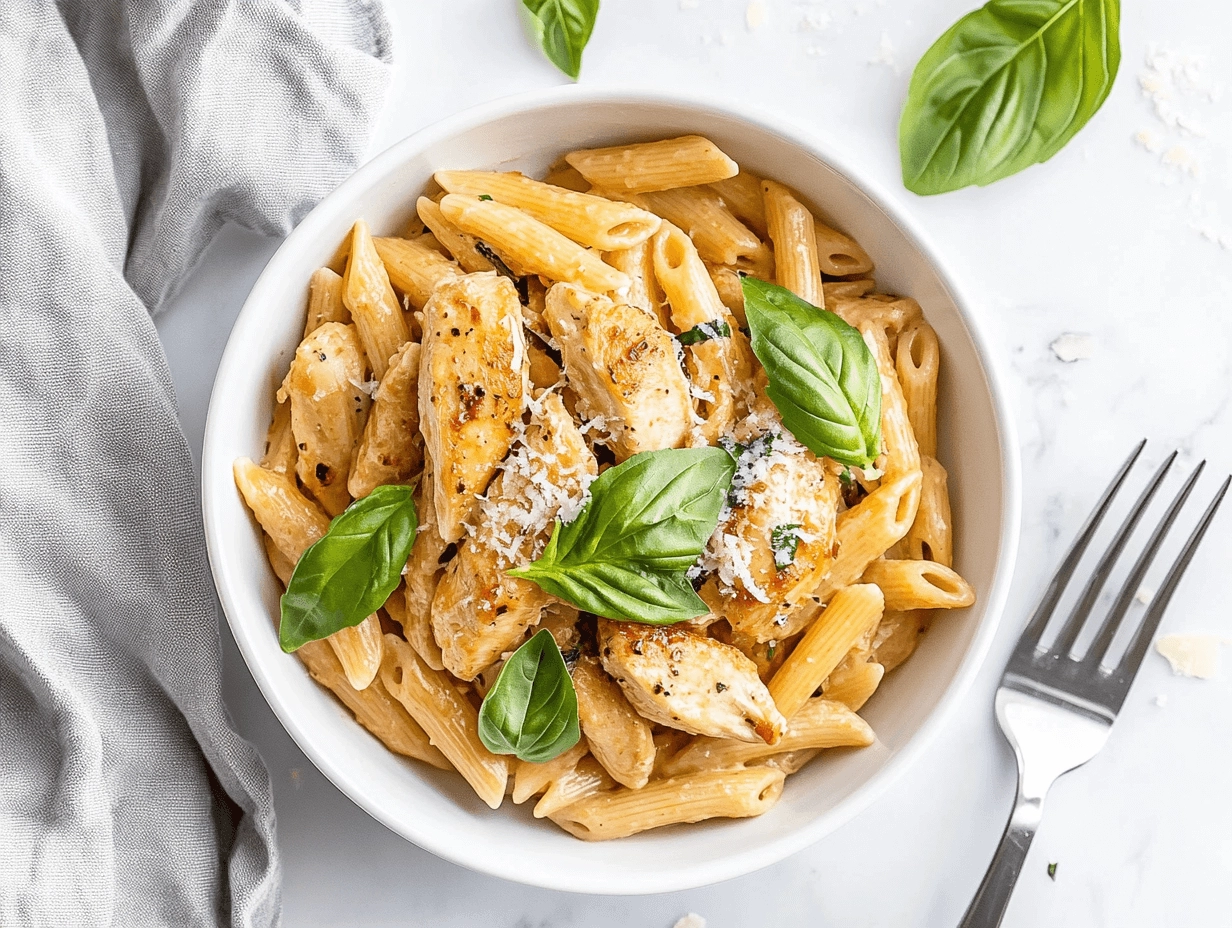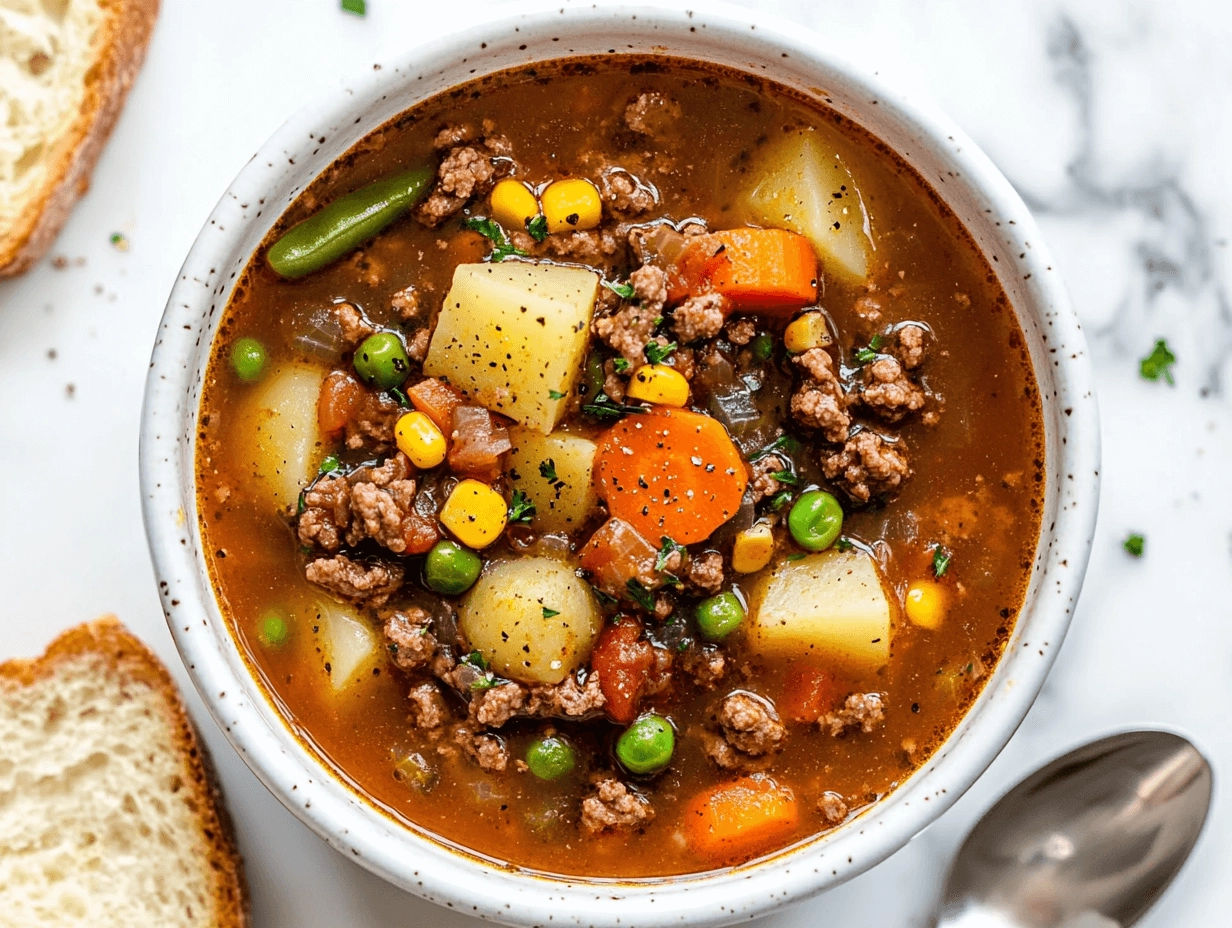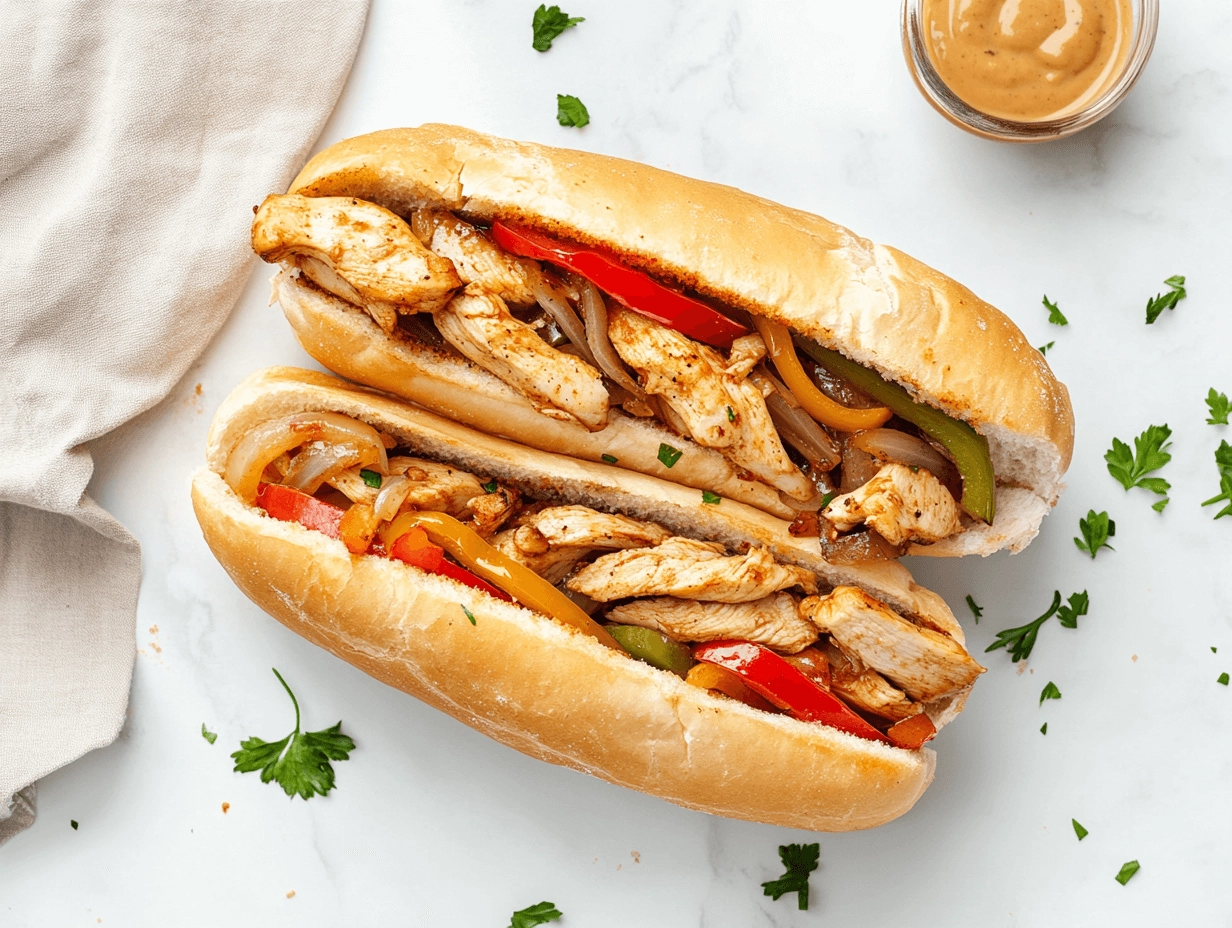Few dishes capture the soul of home-cooked comfort quite like a steaming bowl of pasta. But when infused with rich spices, vibrant ingredients, and centuries of tradition, it becomes something truly special. That’s exactly what a Turkish pasta recipe offers—an unforgettable blend of Mediterranean warmth, Middle Eastern flair, and Central Asian soul.
In this guide, we’ll explore everything from the cultural roots of Turkish pasta to step-by-step instructions, must-have spices, and modern twists. Ready for a flavorful journey through Anatolia? Let’s dive in.
jump to
Discover more delicious recipes and ideas by visiting our homepage!
What Is Turkish Pasta Recipe Called?
In Turkey, pasta is most commonly known as makarna—a term borrowed from Italian but adapted with Turkish flair. More traditional noodles like erişte are hand-cut, sun-dried, and often toasted before cooking, especially in rural Anatolia.
Common Turkish Pasta Varieties:
- Erişte – Homemade egg noodles, sometimes served with butter and walnuts
- Mantı – Tiny dumplings filled with spiced meat, topped with yogurt and spiced butter
- Tel Şehriye – Vermicelli-style pasta, popular in pilafs and soups
These variations are deeply rooted in seasonal cooking and traditional food preservation, offering a taste of Turkish hospitality in every bite.
Ingredients for a Classic Turkish Pasta Recipe

Here’s what you’ll need for a simple yet flavorful dish that serves 3–4:
| Ingredient | Amount | Notes |
|---|---|---|
| Erişte noodles | 250g | Substitute with tagliatelle if needed |
| Olive oil | 2 tbsp | Or use butter for richness |
| Tomato paste | 1 tbsp | Adds tang and umami |
| Garlic cloves | 2, minced | Adjust to taste |
| Yogurt | 1 cup | Optional, for creaminess |
| Pul biber | 1 tsp | Turkish red pepper flakes |
| Dried mint | 1 tsp | For a fresh herbal touch |
| Salt & pepper | To taste | Season generously |
Step-by-Step Cooking Instructions

- Boil the noodles
Bring salted water to a boil. Cook erişte for 7–8 minutes until al dente. Drain and set aside. - Prepare the base sauce
In a skillet, heat olive oil. Sauté garlic until fragrant. Stir in tomato paste and cook for 2 minutes. - Spice it up
Add pul biber, dried mint, salt, and pepper. Mix thoroughly, allowing spices to bloom in the oil. - Combine and finish
Add the drained noodles to the skillet and toss to coat. Serve warm, optionally topped with yogurt and a pinch of sumac.

Spices Used in Turkish Pasta
Turkish Pasta Recipe is less about overwhelming heat and more about balanced, aromatic flavor. Key spices include:
- Pul biber – Sweet, smoky red pepper flakes with mild heat
- Dried mint – Adds a fresh, slightly sweet flavor
- Sumac – Optional garnish with a citrusy tang
- Black pepper & salt – To enhance overall taste
🌟 Pro Tip: Let spices bloom in hot oil for 60 seconds before mixing. This releases their essential oils and deepens the flavor.
Is Turkish Pasta Recipe Spicy?
Not really! Most Turkish pasta recipes are mild to moderately spicy, thanks to the gentle warmth of pul biber. Yogurt and dried mint help balance heat, making the dish ideal for all palates.
Want more heat? Add extra chili oil or pul biber on top before serving. Prefer milder? Skip the pepper flakes and lean into garlic, tomato, and mint.
Traditional Turkish Noodle Dishes to Try
Turkish cuisine offers a tapestry of noodle-based meals. Here are a few to explore:
- Mantı – Dumplings with garlicky yogurt and butter-paprika sauce
- Erişte with Walnuts – Noodles tossed with butter and crushed walnuts
- Tel Şehriye Pilavı – Vermicelli rice pilaf served with stews
- Kesme – Hand-cut noodles in rich broths, perfect for winter
Each one tells a regional story, offering a comforting, rustic experience.
Turkish Pasta vs. Italian Pasta
While both cuisines love pasta, they take very different paths:
| Feature | Turkish Pasta | Italian Pasta |
|---|---|---|
| Base Ingredient | Egg-based (erişte) | Durum wheat |
| Sauces | Yogurt, tomato, mint | Tomato, pesto, cream |
| Herbs & Spices | Mint, sumac, pul biber | Basil, oregano, parsley |
| Texture | Soft, rustic | Firm, al dente |
| Serving Style | Family-style, with bread/yogurt | Individual plating |
Both are delicious—but the Turkish pasta recipe feels more homemade, more soulful.
Pro Tips & Creative Variations
Want to elevate your dish? Try these:
- Toast the noodles before boiling for nutty richness
- Add protein – grilled chicken, chickpeas, or ground beef
- Top with fresh herbs – parsley, dill, or scallions
- Leftovers? Bake with cheese for a Turkish Pasta Recipea casserole!
❓ FAQs: Your Turkish Pasta Recipe Questions Answered
What’s Turkish Pasta Recipe called?
Mostly makarna or erişte. Mantı and tel şehriye are also popular noodle-based dishes.
Is it hard to make Turkish pasta?
Not at all! It’s quick, simple, and doesn’t require fancy equipment—just a passion for flavor.
Can I make it vegetarian or vegan?
Absolutely. Use olive oil and skip yogurt or use a plant-based alternative.
Where can I find erişte?
Try Middle Eastern or Turkish grocery stores, or substitute with wide egg noodles.

Authentic Turkish Pasta Recipe: A Flavorful Journey Through Anatolia
- Total Time: 20 minutes
- Yield: 3–4 servings
Description
Rich in flavor and tradition, this Turkish Pasta Recipe (Erişte) brings together rustic noodles, garlicky tomato paste, warm spices, and cool yogurt. Quick, simple, and soulful—this is comfort food from Anatolia in one cozy bowl.
Ingredients
Erişte (or tagliatelle) – 250g
Olive oil or butter – 2 tbsp
Garlic cloves – 2, minced
Tomato paste – 1 tbsp
Pul biber (Turkish red pepper flakes) – 1 tsp
Dried mint – 1 tsp
Salt & pepper – To taste
Plain yogurt – 1 cup (optional, for topping)
Sumac – Pinch, optional (for garnish)
Instructions
Bring a large pot of salted water to a boil. Cook erişte or tagliatelle until al dente (about 7–8 minutes). Drain and set aside.
In a large skillet, heat olive oil or butter over medium heat. Add minced garlic and sauté for 1 minute until fragrant. Stir in tomato paste and cook for 2–3 minutes to deepen flavor.
Sprinkle in pul biber, dried mint, salt, and pepper. Stir well and let bloom for 1 minute to release essential oils.
Add drained noodles to the skillet and toss to coat with sauce. Adjust seasoning as needed.
Serve warm, topped with a generous spoonful of plain yogurt and a sprinkle of sumac or extra pul biber, if desired.
Notes
- No erişte? Use tagliatelle, pappardelle, or even egg noodles.
- Make it richer: Use butter instead of olive oil.
- For a vegan version: Skip the yogurt or use a dairy-free alternative.
- Add-ins: Ground beef, chickpeas, or sautéed veggies work great!
- Prep Time: 5 minutes
- Cook Time: 15 minutes
- Cuisine: Turkish / Mediterranean
Nutrition
- Serving Size: 🔬 Nutrition (Per Serving – Approximate)
- Calories: ~300
- Sugar: 2g
- Sodium: 300mg
- Fat: 11g
- Carbohydrates: 40g
- Fiber: 3g
- Protein: 10g
Conclusion
A Turkish pasta recipe is more than comfort food—it’s a celebration of culture, tradition, and flavor. Whether you’re reliving childhood memories or trying something new, this dish delivers both simplicity and richness in every bite.
So go ahead—boil that erişte, stir in those spices, and bring the heart of Anatolia to your table.





